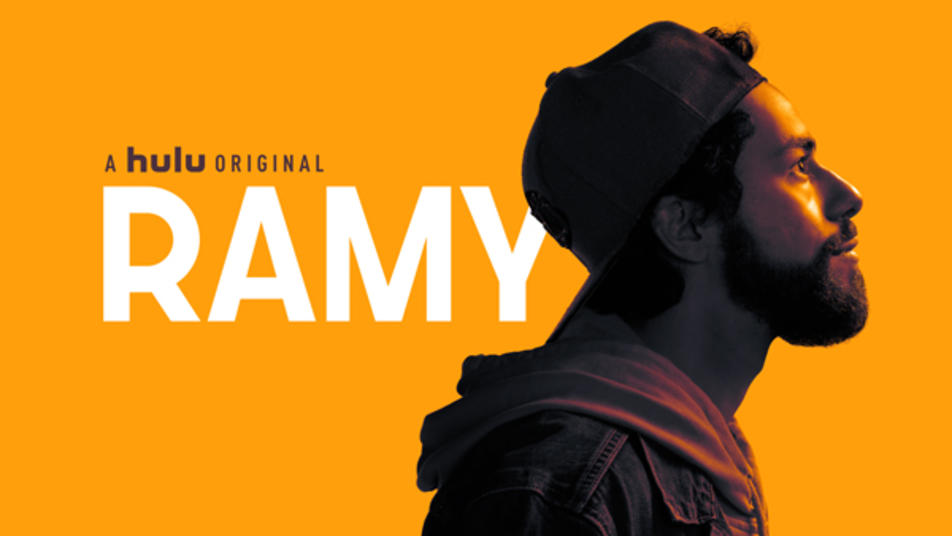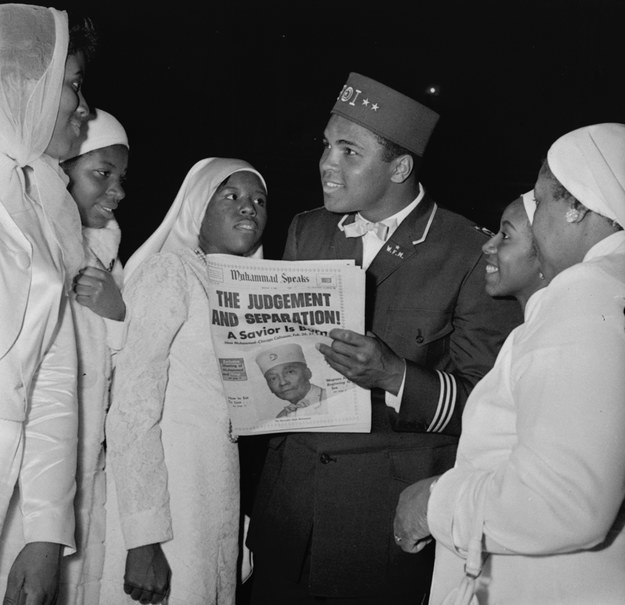<< From the AltMuslimah Archives >>
Writer Fatima Ayub examines perspectives on veiling in Muslim majority and minority contexts, both in the United States, where she grew up, and in Afghanistan, where she has lived and worked. She finds a surprising number wear it due to a combination of social expectation and cultural habit, rather than solely a religious act, illustrating the diversity of thought and behavior that surrounds the hijab.
The idea and practice of hijab are endlessly contested, by Muslims and others alike. As the recent discussions on altmuslimah suggest, there is no conformity of opinion about the veil. Cultural norms, religious interpretation and the individual exercise of faith all play roles in determining the ‘meaning’ of hijab. Nothing in past or present trends suggest that a single coherent definition or mode of practicing hijab will emerge.
There are two fairly popular (and largely inexact) reasons offered to young Muslims when they query the significance of the hijab as a religious practice: that it is an outward expression of personal modesty, and that it obviates the lure of female beauty from the male gaze. Amongst the Muslim community where I was raised in the United States, though a large and open one, the obligation itself to veil was largely unquestioned, though those who follow this debate closely know that even this point is not uncontested.
In my own experience, having lived and worked in both the U.S. and Afghanistan, the hijab fulfills neither of these popularly prescribed functions. Given the variety and complexity of human behavior, certainly not all women who wear hijab adhere more rigorously to Islamic moral codes, nor is hijab an effective means of desexualizing male and female interaction. I do not suggest, of course, that women who wear hijab do not do so as an act of worship, or that anyone who sees a veiled woman should not respect her integrity, but that in itself, the hijab is neither a barometer of a moral and ethical decision-making, nor is it a shield for the female from the eyes of men.
I grew up in the U.S., where young Muslim women enjoy considerable freedom to make decisions about religious practice. There, hijab has taken on a multiplicity of definitions and forms. Some find themselves forced to veil by demanding parents or spouses, while others find themselves compelled to unveil as a result of social pressure. Others imitate the patterns observed around them — close friends and family members may veil and this motivates the young women to do the same. Yet others may veil and unveil at different points in life as the practice changes in meaning for them. Still others embrace veiling because they consider it tantamount to an act of worship. This is not intended to be an exhaustive list, but simply illustrates the diversity of thought and behavior that surrounds the hijab.
In Afghanistan, by contrast, where conservatism and patrimony are stronger social forces than religious orthodoxy, the veil is problematized in different ways. It has unarguably been deployed as a tool of social, ethnic and religious control, most notably during Taliban rule, where the presumed ethnic majority fused political control, tribal practice and cultural prejudice to enforce universal, full-body veiling for women in public. The early 20th century saw the veil banned by an enterprising and modernizing monarch, who condemned the veil as backward. There are women who retain their burkas out of habit, others who wear it to conform, and more still who continue wearing it to limit the endless taunts and jeers that all Afghan women face in public.
Patterns of veiling in Afghanistan reveal curious paradoxes. Wearing some form of veil, whether a burqa, a scarf wrapped loosely about the head and shoulders that may or may not slide off, or a thin gauzy wrap (most popular amongst elderly women), no one is seen in public without one or the other. Even international workers, anxious not to seem so conspicuously foreign, will cover their heads in public.
And yet for all this, for few women does the veil carry any personal connotation as a religious act. It is more a combination of social expectation and cultural habit, or worn as a half-measure against sexual harassment. From an orthodox view, the veil is worn to cover the head and upper torso in the presence of unrelated males. Almost no one, young or old, who I’ve asked in Afghanistan, says they wear the veil because of a sense of personal religious obligation, and they veil themselves only when they are moving from one place to another. The one exception may be among Afghan women whose families lived in Iran for a longer time; these women are seen wearing veils that closely cover the hair, neck and shoulders (but not their faces), with a long black cloak draped around them when in the streets.
As mentioned, Afghan women inevitably face sexual harassment every time they are in public on their own. For my own part, I am always dressed conservatively, with a close-fitting veil that fully covers my hair and a loose black wrap around my torso. Walking down the street in Kabul is an ordeal. Everywhere men stare, whisper, comment on your appearance and grope if they catch you in close enough quarters. I had a highly amusing exchange with one of my house guards, Hakim, about how to assess whether a woman in a burqa was beautiful–by looking at her hands, shoes and the gait of her walk, if anyone wants to know. So even those in full body veils cannot escape the perpetual conjecture and harassment.
In Afghanistan, it seems the burqa is not a marker of male oppression, as some would superficially claim. Rather the enduring question and problem is of defining women’s role in the public space. Afghan society adamantly assigns all things beyond the realm of the private to males, though this is slowly changing. The veil is largely a by product of this contest for space and social inclusion.
No immutable conclusions can be drawn from comparing the experience of veiling in the U.S. and Afghanistan, but the fundamental difference towards veiling among Muslims females in the U.S. and Afghanistan is that of agency. In the U.S., the broader cultural trend is not to veil, and women are more able to exercise their choice to assume the hijab for any number of reasons. In Afghanistan, veiling is largely a culturally enforced practice devoid of personal religious reflection. The contrast should force us to keep questioning assumptions about the intersections between belief, behavior and norms with respect to the veil and other Islamic practices.
(Photo: Jennifer Hayes)
Fatima Ayub is a Contributing Writer to Altmuslimah. This article was originally published on June 8, 2009.




